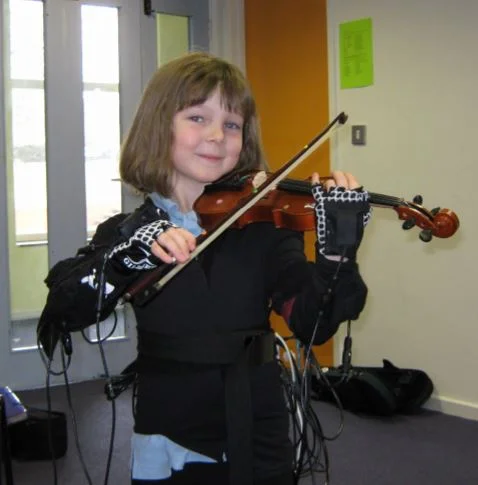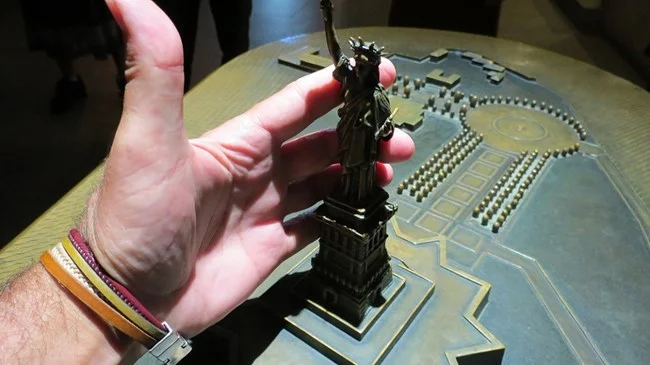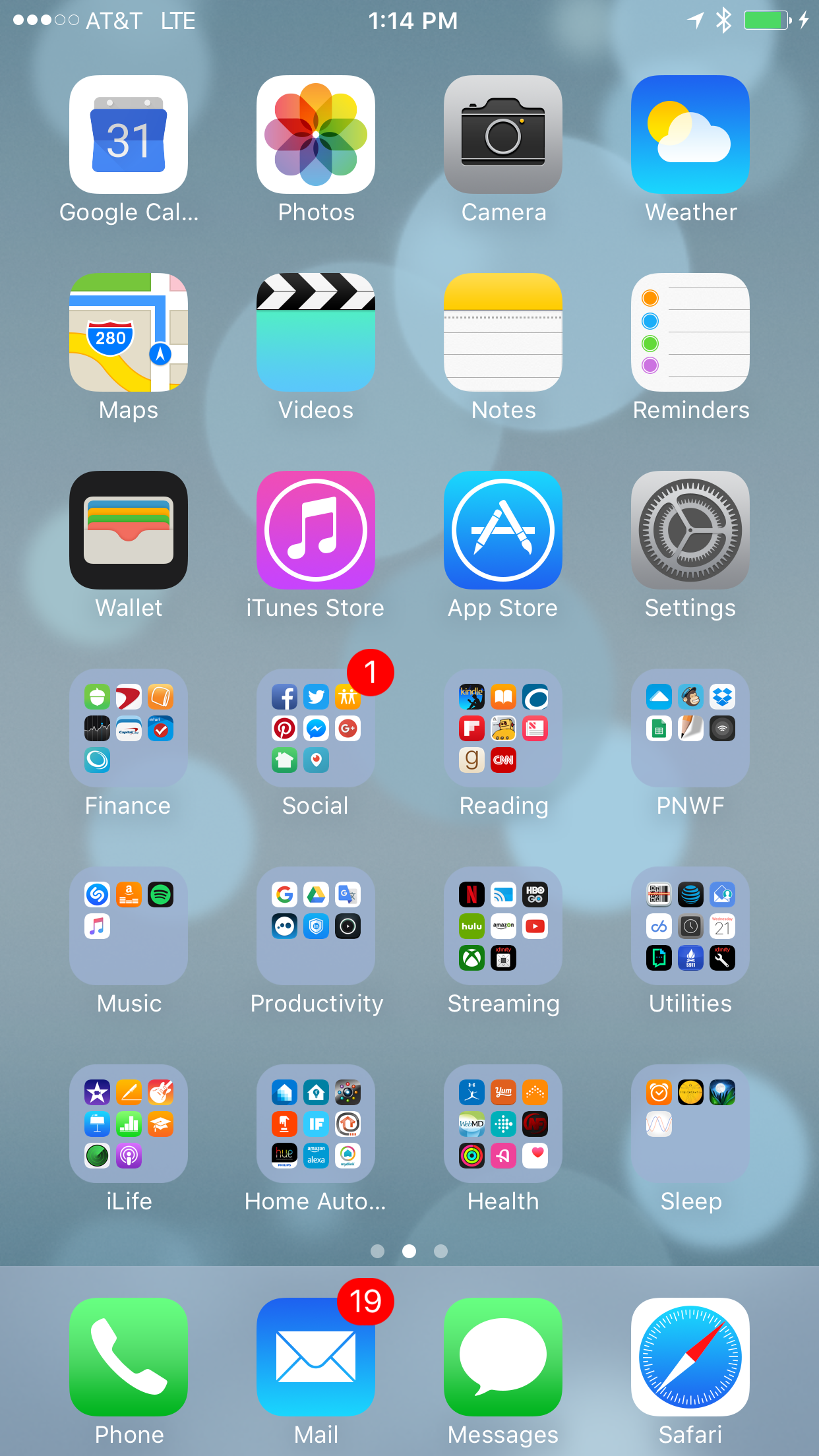Underneath the Disney magic at its resorts is Near-field communication (NFC) technology, which has been transforming live event experiences for years. Disney Parks is at the forefront of the change, having utilized the all-in-one-device MagicBand since 2013, which renders the park into dynamic computer, streaming real-time data about where guests are and what they are buying. This “invisible” wearable technology has created a seamless guest experience where people are happier by stripping their options away. How can this technology be leveraged and integrated into arts institutions and yield the same immersive, seamless experience? This article explores NFC technology and how arts organizations can utilize it to enhance their overall service and audience engagement.
Virtual Music Collaboration Tools: The Alteration of Rehearsal and Performance Spaces Post-Pandemic
During the COVID-19 pandemic, many who had the option began to work from home or work remotely as a safety precaution. Apollo Technical conducted a survey which suggests that in May 2020, over 26% of employed individuals worked from home. Over the course of the pandemic, that number increased to about 70%. Technology is capable of incredible things, making this remote work possible without the presence of an office or communal workplace. For musicians however, this is a different story.
Using Apps for Orchestra Audience Engagement
As people continue to spend more and more time on their phones, up to 5.4 hours a day for the average phone owner in the U.S., orchestras are increasingly turning to apps for news ways to engage their audiences. When used effectively, smartphone applications have the potential to invite new audiences into the hall while heightening the stickiness of the most loyal subscribers. This article addresses their primary benefits and best practices for implementation.
Libby Review: A Reader App
The winter break can be a great time to pull out a neglected reading list, whether it is for your favorite novels or book recommendations by friends. Normally, this can be done by visiting the local library, but unfortunately, this is not possible when traveling for the holidays. Fortunately, there is an app called Libby, by Overdrive, which is an e-book/audiobook reader app.
A Competitive Analysis of the Music Streaming Industry: Part 1
Streaming platforms have revolutionized the music industry and the way consumers discover and listen to music. Companies are having to differentiate themselves by offering unique content, focusing on the artist, or developing different price models. To better understand this landscape, we examined six of the most successful platforms for a competitive analysis to understand the existing music streaming business model.
Using Technology to Assess Students in Music Education Programs
There are many ways that technology can aid in assessing students’ progress, for both the teacher and the student. One such application of technology in both the private or group music lesson is drill and practice software, which can “provide a more persistent learning since it allows a drill and practice at desired level and desired amount” (Nart 80).
Image Source: (Linden 535)
4 Ways to Increase Accessibility for Low-Vision and Blind Patrons in Art Museums
Technical innovations are increasing opportunities for patrons who have low or no vision to engage with the arts. There are four dominant approaches for serving these members of the community: seeing through touch tours, beacon technology, audio description, and applications on personal devices.
Image credit: National Park Service
Immersion, is it AR/VR or Just R?
The Museum App Blueprint
News Roundup: SnapChat, Facebook, AI, and Google Analytics
Technology to Automate a Production Manager's Workflow
What on Earth is The Hubble Cantata?
Research Update: Augmented Reality in Museums
What's On Your Phone, Janet McCall?
What's On Your Phone, Dek Ingraham?
Dek Ingraham is the Technology Projects Specialist at the Greater Pittsburgh Arts Council (GPAC). GPAC is the leading voice for arts and culture across the Greater Pittsburgh region, driving the political, financial, and professional support for the sector. AMT Lab contributor Anna Okuda asked Dek about apps on his phone including ones he suggests for arts managers.
Drawing in the 21st Century: A Side-By-Side comparison of Adobe Illustrator Draw and Autodesk SketchBook
Gallery One: Engaging Audiences Infographic
How do you learn best about art? Maybe you lightly browse, interact with friends, or get right in the middle of the action. There are multiple ways to engage with and explore art forms, however cultural institutions may not always program to meet these needs.
The Cleveland Museum of Art's Gallery One activities, on the other hand, were designed with people's learning needs and preferences in mind. In this article I apply WolfBrown's Making Sense of Audience Engagement Audience Typologies to the different initiatives to see how learners can interact with the the Art Lens App, Collection Wall, Interactives, and Studio Play at the CMA.
The App as a new artistic medium, and the future of the music industry
More than any other artistic discipline, musicians have had the fundamental business models of their art form changed through the advent of new technology. At the same time, and out of necessity, the music industry has adapted more rapidly to new technology than any other art form, embracing technological innovation when possible. In their search for more sustainable ways to produce, deliver and experience music, some of the most famous and research driven musicians are experimenting with one of the world’s most used technologic tools: the App.
Flipboard: A Design and Data-driven Future
The news-reading app Flipboard just rolled out a major update—allows users to create their own personalized “magazines” for public viewing. The feature allows users to pull articles from a variety of sources, including Facebook, Twitter, SoundCloud, LinkedIn, Instagram and Tumblr. Users can also pull articles from the Web browser by adding Flipboard’s new bookmark “Flip it.” In a video below, Flipboard founder Mike McCue picked up a magazine built by a fan of the Coachella Valley Music and Arts Festival. It looked pretty neat, full of news and stories about artists performing at the event, together with relevant videos and even music that you can tap on and have playing in the background. Everyone can comment on the magazines.
All You Need Is #TechLove
Valentine's Day might have been invented by greeting card companies, but we don't mind! We've compiled a list of our favorite apps and even got some of our followers to chime in. We got all sorts of suggestions from Twitter from our friends using #techlove. Here's the technology we'd like to send some valentines to:
























